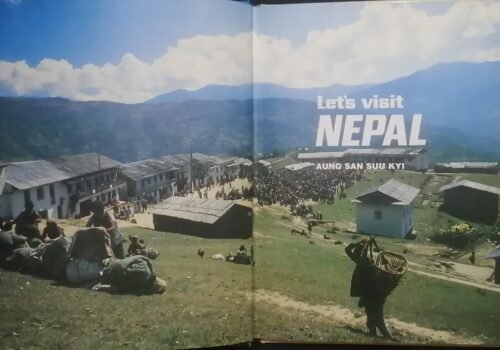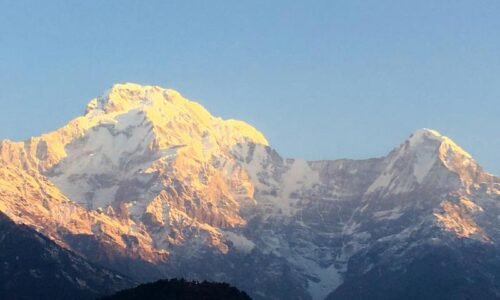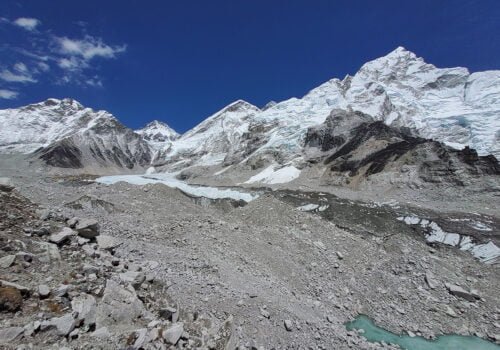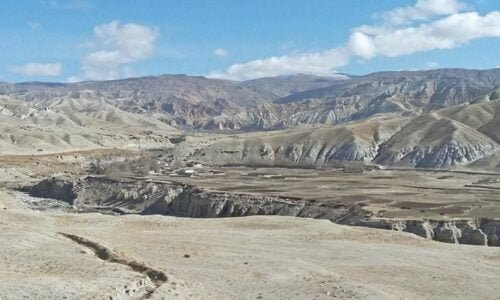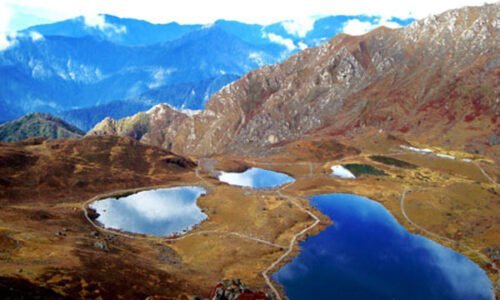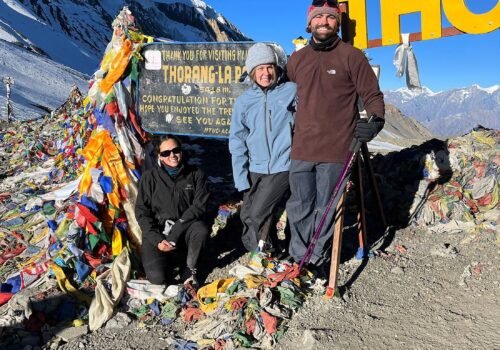15 Tentative UNESCO World Heritage Sites in Nepal
2 Aug 2023 8 min to read
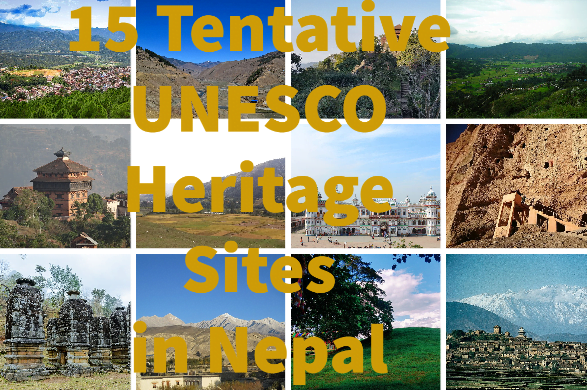
Nepal is a treasure trove of cultural and natural heritage. There are 10 UNESCO-listed World Heritage sites in Nepal. Apart from its existing UNESCO World Heritage Sites, there are 15 Tentative UNESCO World Heritage Sites in Nepal. The Tentative List is a preliminary inventory of potential cultural and natural heritage sites proposed by countries for future inscription on the official World Heritage List. The tentative list functions as a roster for locations that fulfill the requirements for exceptional universal value and excellent global acknowledgment and safeguarding. Inclusion on the tentative list marks a progression towards potential acceptance as a UNESCO World Heritage Site.
These prospective sites provide a frame into the nation’s vibrant history and highlight its remarkable universal significance. Beyond the existing 10 World Heritage Sites in Nepal, this tentative list presents an incredible chance to delve into Nepal’s hidden treasures. It’s a perfect choice for travelers in search of unique and lesser-known adventures. Don’t delay, seize the opportunity to discover these sites before they evolve into bustling international tourist destinations.
The early medieval architectural complex of Panauti
Panauti, a sacred town in Nepal, sits at the meeting point of the Roshi River and Punyamati River. It holds great significance for both Hindus and Buddhists and boasts numerous heritage structures. Among its architectural gems are the revered Indresvar Mahadev Temple and the Brahmayani Temple dating back to different centuries. Notably, the town is also the birthplace of the famous Nepali delicacy called Yomari. Yomari is a steamed dumpling made from rice flour and filled with molasses.
Location: Kavrepalanchok
Listed Year: 1996
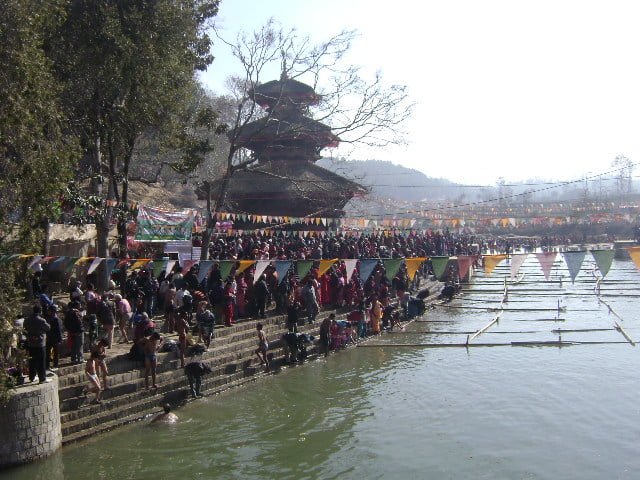
Tilaurakot
Tilaurakot holds profound historical significance as the heart of the ancient Shakya city of Kapilavastu. Here, Gautama Buddha spent 29 transformative years of his life. It was within these sacred walls that he abandoned his prince’s life to embark on his spiritual journey toward enlightenment. Beyond its association with Buddhism, Tilaurakot is also a revered site for Hindus, adorned with numerous temples that add to its spiritual allure. It is one among the 15 Tentative UNESCO World Heritage Sites in Nepal.
Location: Kapilvastu
Listed Year: 1996

The enigmatic Cave architecture of Muktinath Valley in Mustang
The Sky Caves of Mustang, initially serving as burial chambers, evolved to fulfill various roles within the Kingdom of Lo. These fascinating caves transformed into meditation chambers, military lookouts, and storage units. It holds valuable Buddhist paintings, sculptures, manuscripts, and artifacts. With approximately 10,000 man-made caves carved into the valley walls, some of these ancient structures are believed to be thousands of years old, standing as evidence of the rich history and ingenuity of the region.
Location: Mustang
Listed Year: 1996

The medieval palace complex of Gorkha
The Gorkha Palace complex, constructed in the 16th century by King Ram Shah of Gorkha, exemplifies traditional Nepalese architecture. Situated atop a hill and boasts unique monuments like the medieval palace, Gorakhnath cave, and Kalika temple. This magnificent structure held multiple roles, functioning as a fort, a palace, and a temple. It was within the walls of this historical palace that Prithvi Narayan Shah, who later became the first King of unified Nepal, was crowned the King of Gorkha.
Location: Gorkha
Listed Year: 1996
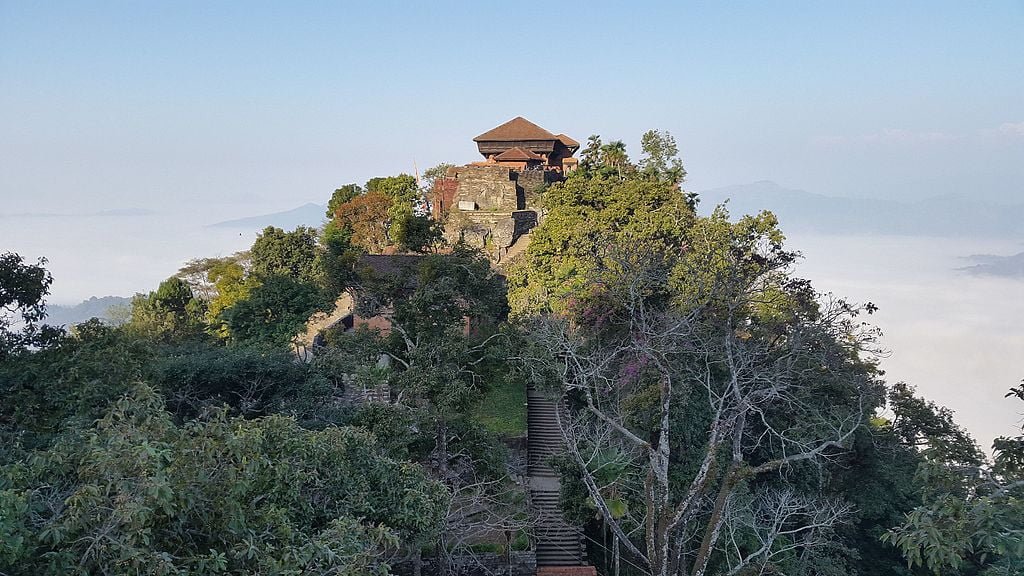
Ramagrama, the relic stupa of Lord Buddha
Ramagrama is a site of immense historical and religious significance, as it houses the sole undisturbed original stupa containing relics of Lord Buddha. According to ancient legends, the great Mauryan emperor, Ashoka, visited Ramagrama in 249 BC with the intention of opening the stupa. However, a divine intervention occurred when a snake god appeared and advised him not to disturb it. Following this mystical encounter, the stupa was left untouched. Today, the site remains unopened, and all that can be seen is a serene grassy mound, preserving the sacred relics within for posterity.
Location: Parasi
Listed Year: 1996
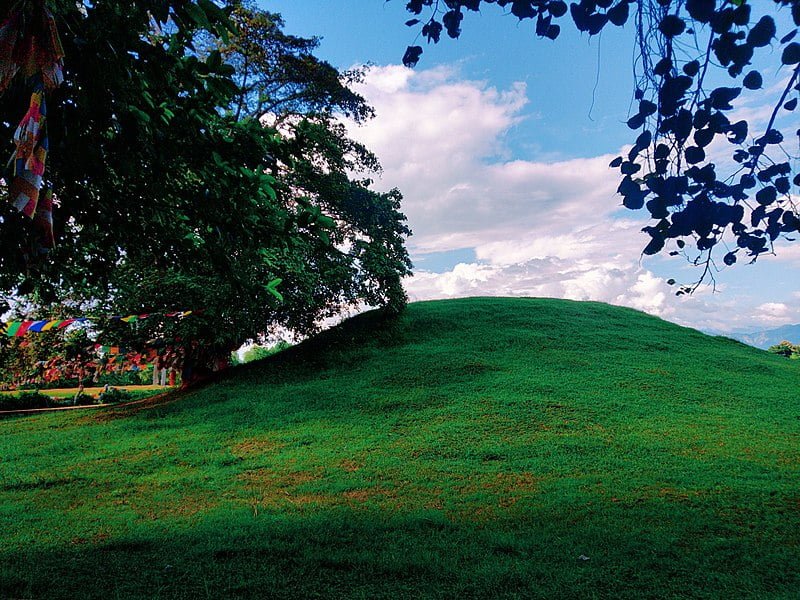
The vernacular village of Khokana
Khokana, often referred to as a “living museum,” is a remarkable village that exudes the rich cultural heritage of the indigenous Newar community. The village boasts a well-preserved system of drainage and chowks, traditional houses, chaityas (Buddhist shrines), and a revered Mother Deity temple. It is also famous for its thriving mustard fields and processing sites, which produce the renowned Khokana mustard oil. Governed as part of the Lalitpur metropolitan city, Khokana is not only a testament to its historical significance, with surviving works from the Kirata-era, but also a vibrant and living testament to Nepal’s cultural and agricultural traditions.
Location: Lalitpur
Listed Year: 1996
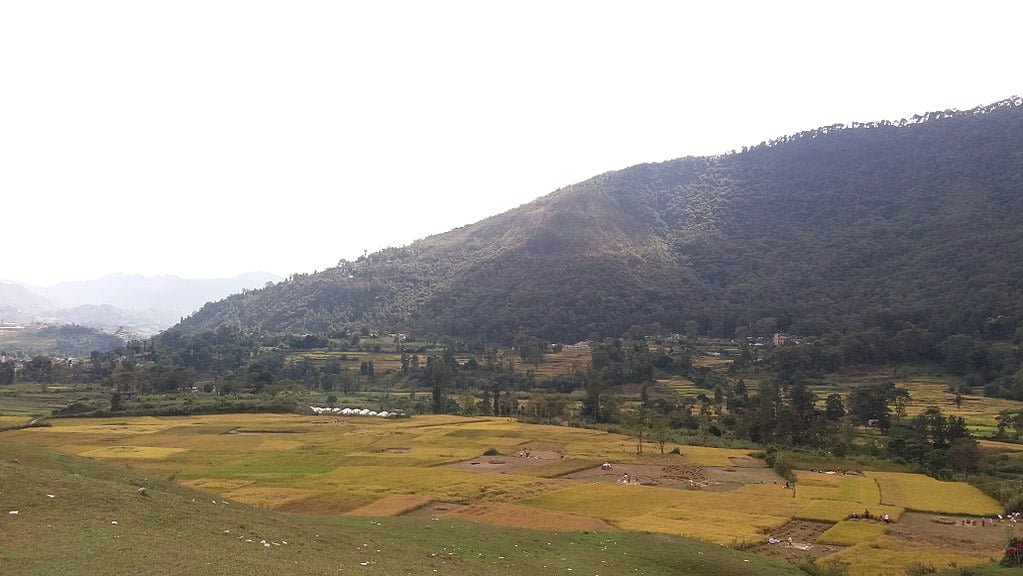
The medieval walled city of Lo Manthang
In the 14th century, Lo Manthang was founded as the esteemed capital of the Kingdom of Lo. Located at an impressive altitude of 3800 meters above sea level, this ancient city held a pivotal role as a significant hub along the Tibet-Nepal salt trade route. Despite Nepal opening its doors to the world in the 1950s, Upper Mustang, including Lo Manthang, remained restricted to foreigners until 1992. Even now, there are limitations on the number of tourists allowed to visit, which has played a crucial role in preserving the city’s unique way of life. Due to its isolated location and limited exposure to outside influences, Lo Manthang has retained its cultural authenticity and traditions over the centuries.
Location: Mustang
Listed Year: 2008
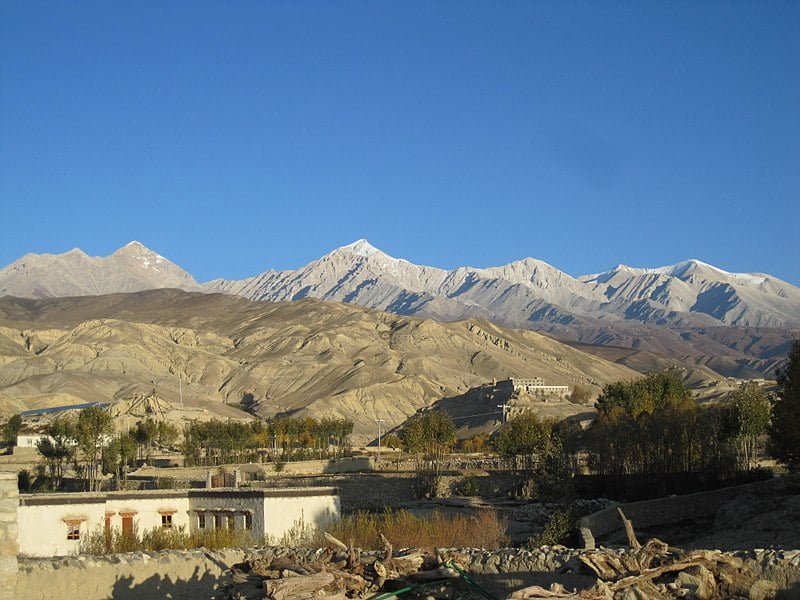
Vajrayogini and the early settlement of Sankhu
The site encompasses the historical settlement of Sankhu, dating back to the Lichchhavi period (2nd to 9th century AD). An ancient Newari settlement with narrow streets and tiered temples also features the splendid Vajrayogini temple complex. It is a magnificent structure built during the mid-17th century. The combination of these ancient and more recent architectural wonders offers a captivating journey through time, showcasing the enduring cultural and religious heritage of the region.
Location: Kathmandu
Listed Year: 2008
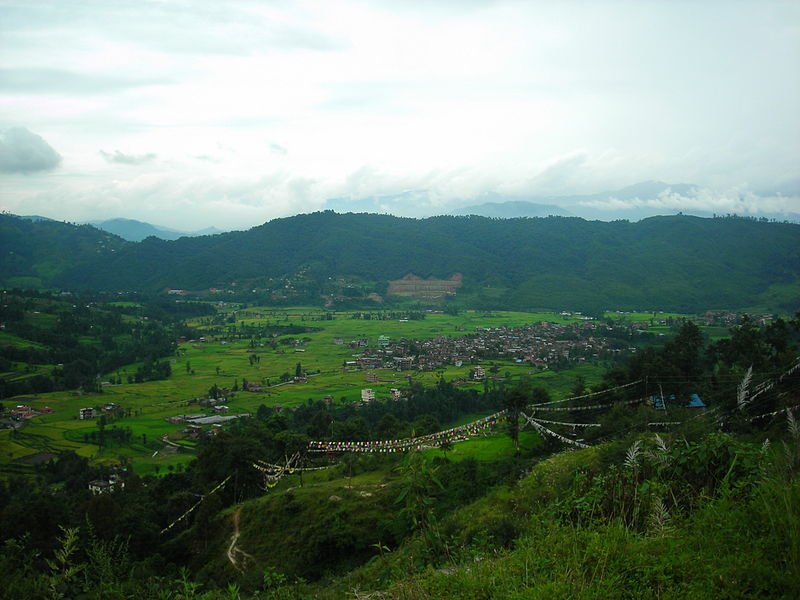
Medieval Settlement of Kirtipur
Kirtipur is a historic Newari settlement with fort-like features, renowned for its significance in the unification of Nepal.The site comprises a collection of stunning Newar monuments, each contributing to the rich cultural tapestry of the region. Among these architectural gems are Chilancho Vihar, Jagat Pal Vihar, Buddha Dharma Sangha Shikhara, Baghbhairab Temple, Vath (Layaku), Umamaheshvar Temple, Indrayani Pith, Chitu Bahail, Lokeshwar Shikhara, Buddha Temple, Chve Bahal, and Kwe Bahal. These monuments stand as a witness to the artistic and spiritual prowess of the Newar community and offer a glimpse into their remarkable heritage and traditions.
Location: Kathmandu
Listed Year: 2008
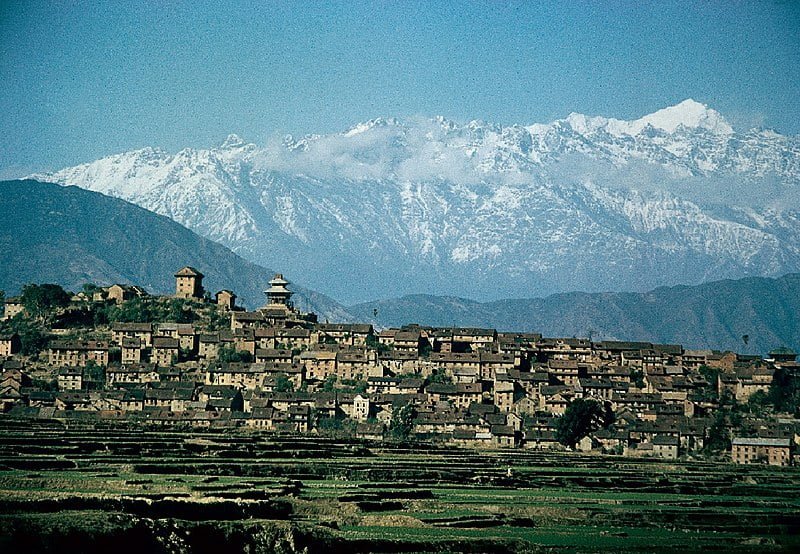
Rishikesh Complex of Ruru Kshetra
The site encompasses an ancient and sacred route that connects Muktinath and Damodar Kunda, passing through a significant cremation site. It also includes the historic settlement of Ridi, along with the entire complex that holds immense religious and cultural importance. This route and its associated sites hold a deep spiritual significance for pilgrims and visitors, providing a unique and awe-inspiring journey through Nepal’s rich heritage.
Location: Palpa
Listed Year: 2008
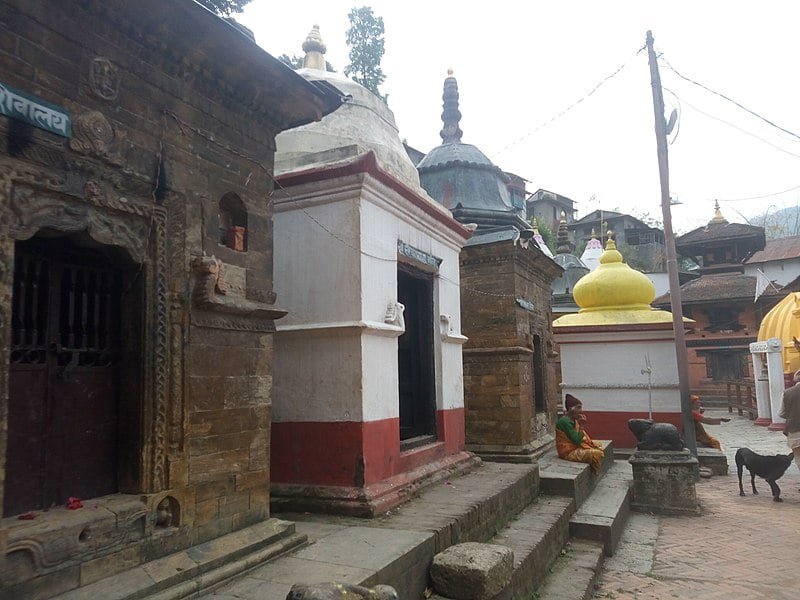
Nuwakot Palace
The site comprises the majestic Nuwakot Palace along with a remarkable array of temples and shrines, including the revered Bhairab Temple. These architectural marvels stand as an authentication of the region’s historical significance and cultural heritage, offering visitors a captivating glimpse into Nepal’s royal past and religious traditions.
Location: Nuwakot
Listed Year: 2008
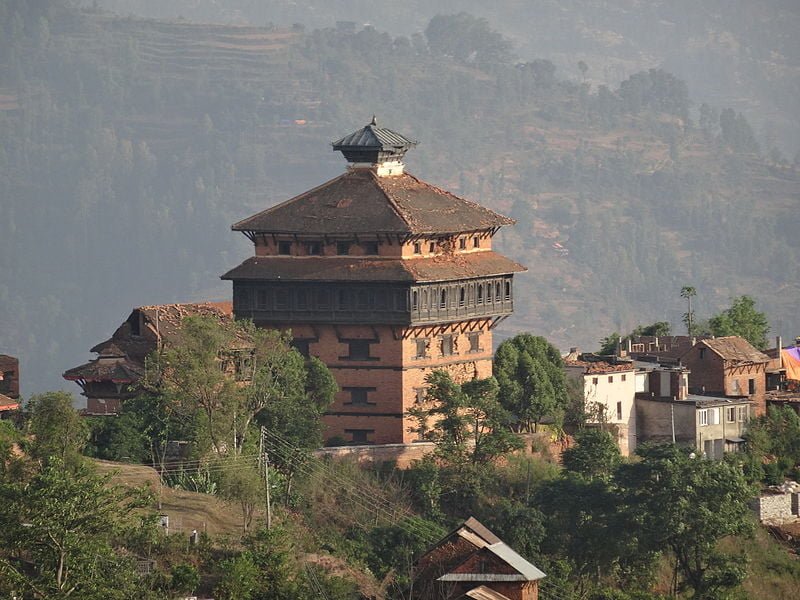
Ram Janaki Temple
A sacred Hindu site believed to be the birthplace of Goddess Sita. The site showcases a captivating blend of classical and neo-classical architectural designs, incorporating elements of fortification. This unique combination of styles adds to the site’s charm and historical significance, making it a remarkable destination for architectural enthusiasts and history lovers alike.
Location: Dhanusha
Listed Year: 2008
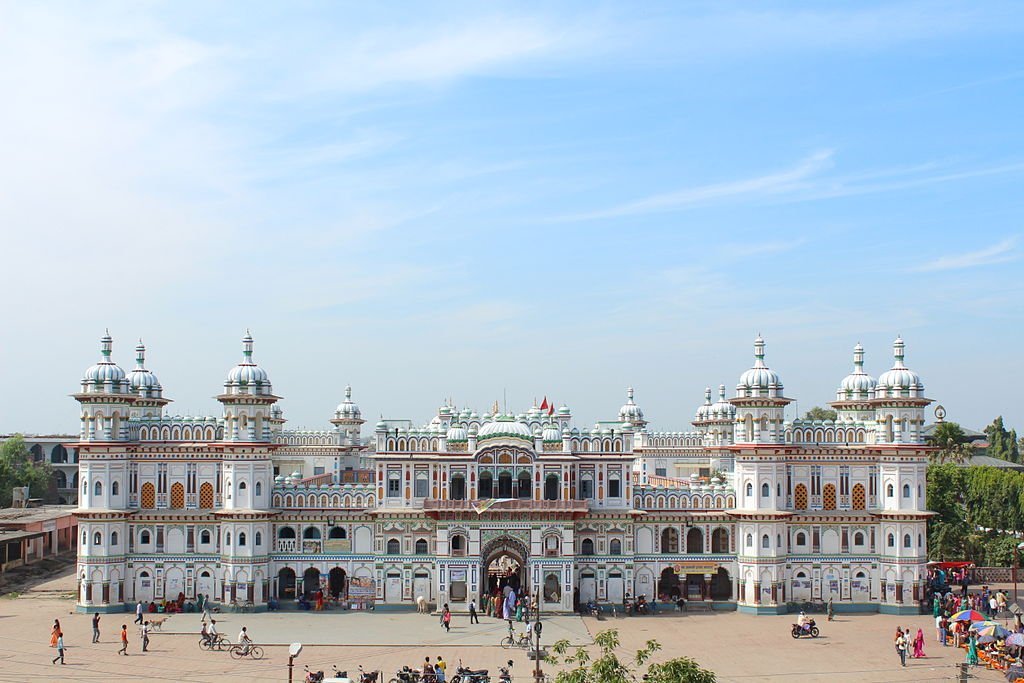
The Medieval Town of Tansen
A traditional town in Western Nepal that reflects the Newari people’s living heritage and fascinating architecture. The site is a treasure trove of architectural wonders, boasting the renowned Bhairab Temple, the grand Purankot Durbar, the majestic Srinagar Durbar (Fort), the sacred Bansha Gopal, the ancient Mukundeshwar Mahadev, the exquisite Amar Narayan Temple, the revered Ran-Ujjeshwari Bhagawati Temple, and the splendid Tansen Durbar. Each of these structures carries a unique historical and cultural significance, providing a captivating journey through Nepal’s rich heritage.
Location: Palpa
Listed Year: 2008
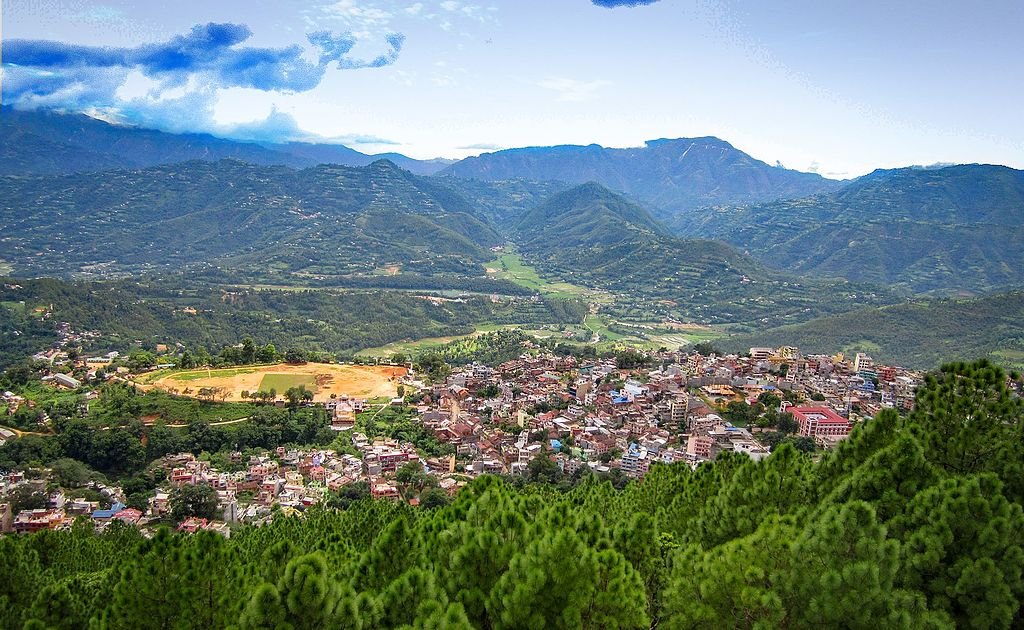
Sinja Valley
The site comprises the ancient capital of the Khasas kingdom, which thrived during the 12th to 14th centuries. This historical city holds profound importance in Nepal’s history and offers a fascinating glimpse into the civilization that once flourished there. It is known as the origin of the Nepali language and the earliest example of Devanagari script.
Location: Jumla
Listed Year: 2008
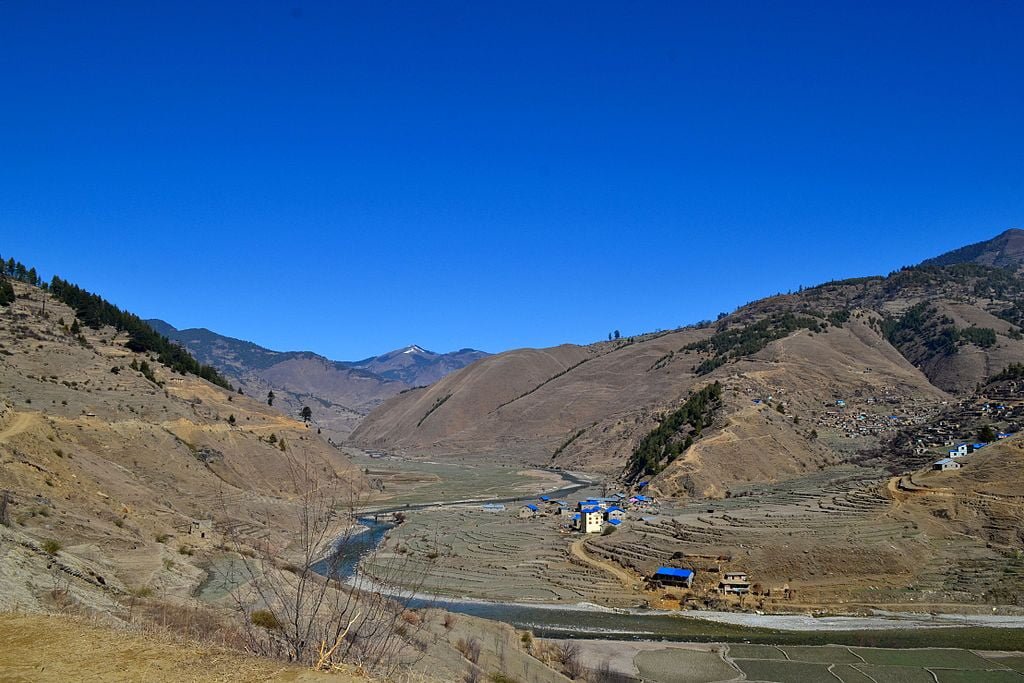
Bhurti Temple Complex of Dailekh
A unique temple complex in Western Nepal featuring 22 monuments with exceptional dry stone masonry craftsmanship. They all are meticulously crafted in the distinctive Western Malla architectural style. These masterpieces showcase the artistic prowess and cultural heritage of the region, leaving visitors in awe of their grandeur and historical significance.
Location: Dailekh
Listed Year: 2008
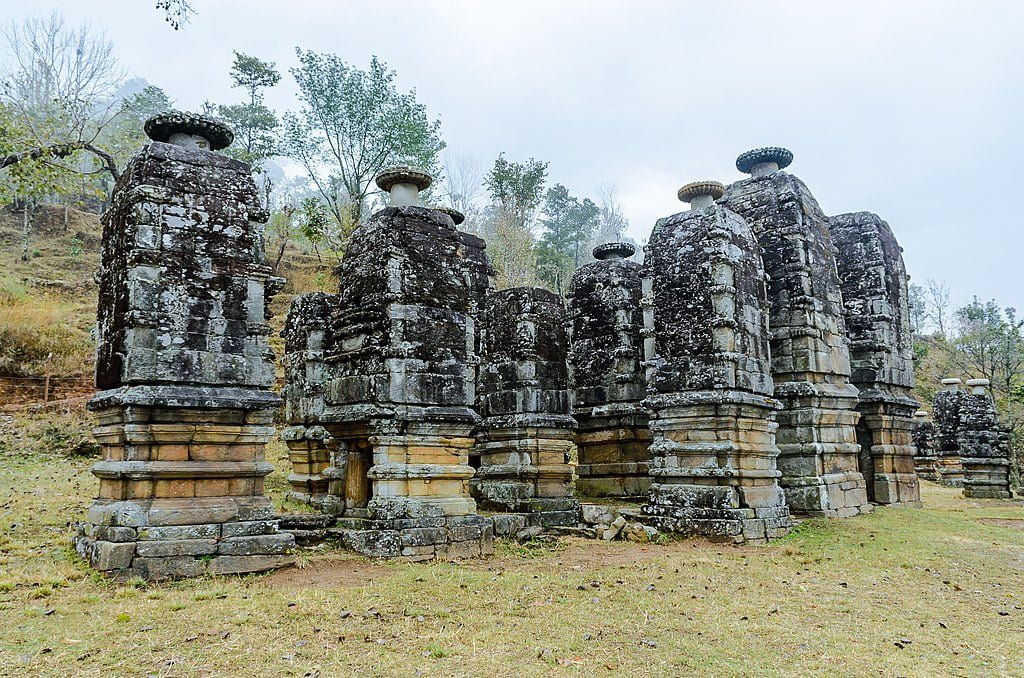
Embark on a timeless journey through Nepal’s UNESCO-tentative sites, where history, spirituality, and art converge. Explore sacred towns like Panauti, witness the enigmatic caves of Mustang, and stand before ancient palaces that echo with tales of royalty. These treasures reveal Nepal’s rich tapestry, inviting you to uncover its diverse heritage before it becomes a global tourist attraction.
Photo Courtesy: Wikipedia
